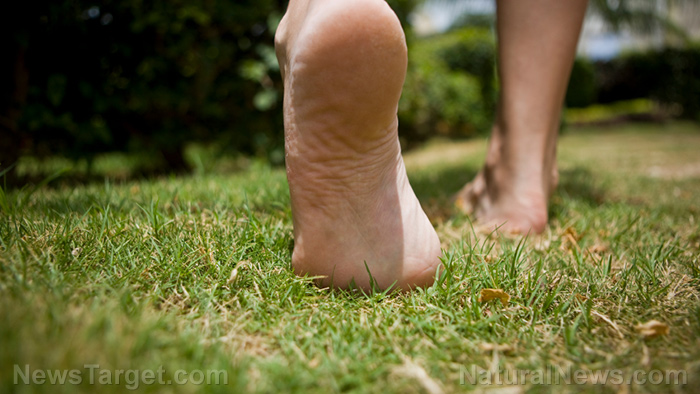Mammals have a 12-hour biological clock distinct from the 24-hour circadian rhythm, researchers find
06/21/2017 / By Frances Bloomfield

Researchers revealed that, apart from 24-hour clocks, mammals and other organisms have autonomous 12-hour clocks that coordinate bodily functions such as blood pressure and body temperature. Not only can these 12-hour clocks be influenced by external factors, but disturbing them has also been linked to human disease. “Our lab has been working on how the 24-hour cycles are regulated, and we and others have shown that disturbing these clocks may lead to diseases of metabolism,” said senior author Dr. Bert O’Malley.
For the study, Dr. Bokai Zhu, first author of the study, performed a biological analysis on the activity of 18,108 mice liver genes. Following this, researchers and co-authors Dr. Clifford Dasco and Dr. Athanasios Antoulas utilized a mathematical technique to identify 3,652 genes that were independent of the biological clocks of the mice. The researchers then looked at RNA sequencing data from two groups of mice, with one group lacking the master circadian clock gene. Both groups still showed perceptible 12-hour clock rhythms, suggesting that the 12-hour clock was indeed independent from the 24-hour circadian rhythm. Moreover, environmental cues that usually affected circadian rhythms, such as darkness and sunlight, were found to be ineffectual on 12-hour clocks.
“Of all the genes we analyzed, two sets with 12-hour cycles stood out; those involved with protein quality control and processing, which mainly occur in a cellular structure called endoplasmic reticulum, and those related to the energy supply of the cell, which involves the mitochondria,” Zhu explained to ScienceDaily.com. “The activities of the endoplasmic reticulum and mitochondria depend on each other, and we have shown here that the 12-hour genes in the endoplasmic reticulum are synchronized with the 12-hour genes in the mitochondria, which provide the energy needed for protein processing.”
O’Malley then added: “In addition, we found that certain liver conditions are associated with disturbed 12-hour gene expression in mice. We anticipate that further study of 12-hour cycles might lead to opportunities to improve prevention of or treatments for diseases of the liver and other organs in the future.” (Related: Research shows disruptions of the circadian clock influence our susceptibility to infection)
On the origins of the 12-hour clock, O’Malley and his colleagues have argued that it evolved separately from the circadian clock and may stem from our origins in the oceans. They came to this conclusion after look at data on the speckled sea louse (Eurydice pulchra), a species of isopod crustaceans with a 12-hour clock linked to the tides. The nematode roundworm Caenorhabditis elegans, a species of nematode possessing a circadian rhythm, was also included in the researchers’ analyses.
What is the circadian rhythm?
According to Sleep.org, the circadian rhythm is the body’s natural, internal system designed to regulate feelings of wakefulness and sleepiness over a 24-hour period. Also known as the body clock or sleep/wake cycle, this biological rhythm is controlled by the hypothalamus, a part of the brain that acts as the connector between the endocrine and nervous systems; additionally, the hypothalamus responds to light, such as sunlight. The circadian rhythm causes a person’s level of wakefulness to fluctuate throughout the day, and can vary from person to person. Age also affects the circadian rhythm.
Any changes to one’s sleeping habits can cause their circadian rhythm to fall out of balance, resulting in poor sleep and drowsiness. In order to keep the circadian rhythm functioning properly, it’s best to maintain a consistent sleep schedule. This would entail going to sleep and waking up at the same time daily, even during the weekends. Limiting exposure to artificial blue light from electronic gadgets is also recommended, as bright lights can confuse the brain into think that it’s still daytime.
Visit MindBodyScience.news for other studies and stories on the human body.
Sources include:
Tagged Under: biological clocks, circadian rhythm, health, sleep




















